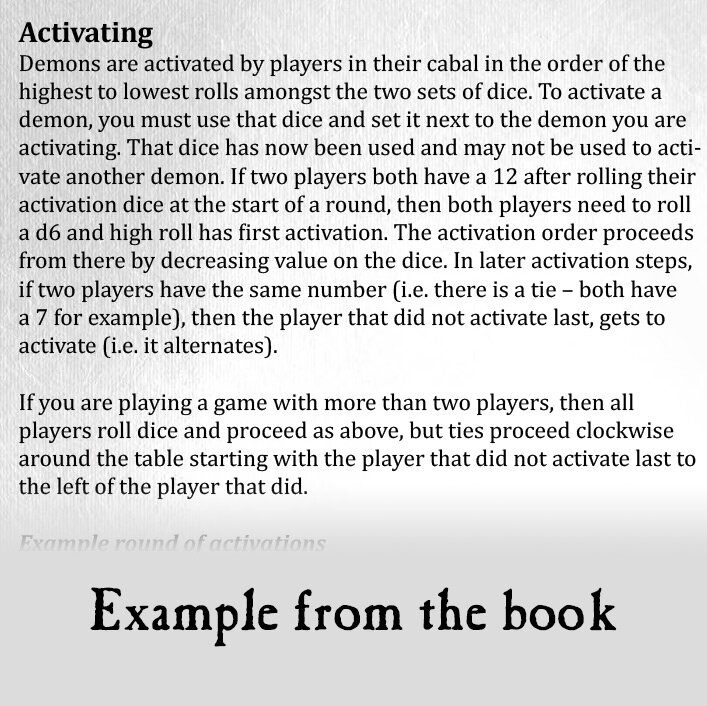Activating fun
Throughout the history of miniatures games, I am not sure there is something more controversial and myriad than the nature of how you activate your tiny plastic people. I cannot count the number of times I have seen a conversation in social media or real life around the method of activating models in a wargame – usually with very strong opinions on all sides. So when it came time to create our activation system, there were certainly lots of historical analogues to draw on.
We could have gone with something like a simple alternating system – where either each player activates all their figures, then the opponent does, or the players alternate choosing one model to activate and pass back and forth. Well-trod territory to be sure. We could have gone for something with blind randomness, the colored dice in a bag that is used by systems like Bolt Action, also a system that people have a great deal of love for.
In the end however, we created something new and it’s something I am very proud of because I feel it allows for really interesting tactical decision making throughout the round by integrating both randomness and transparent knowledge to allow for critical thinking and strategic play.
So how does it work?
So what does that mean? Well, a lot of things. The most obvious thing it means is that you can never rely on having the first (or even second or third) activation. As the dice are random each turn, you never know what you are going to get, and this creates a moment of really high suspense during playing. At the same time, the dice are all visible to you and your opponent. You know for example that you will have the first two activations, but then they will get 3 in a row for example. This allows you to think critically about who you are activating, where they are going and what they are doing. In all our playtesting, what I saw was that people that understood the nature of the activation order and were able to respond accordingly often came out ahead.
Another interesting side effect is that when you slay a demon (friendly or enemy), the owner of that demon must remove an activation dice. This is so critically important as it creates a completely different incentive than in most games. Allow me to explain. In most games, your incentive is to kill the thing that hasn’t activated yet in the turn, as that prevents them from going later in the turn (hence preventing them from damaging yourself). That is still present of course, however, if you slay a demon that has already activated, not only do you get a soul dice (more about that in a future article), but the opponent must also remove an activation dice. The trick is, that opponent has already spent an activation dice on that demon during this round, so that dead demon has now removed two dice from the pool and it becomes likely the opponent will now have a tougher time making decisions about what demons to activate, as they don’t have enough dice for all of their remaining demons.
I really think you are going to enjoy this activation system, it’s a small piece of design that I am very proud of and in all our playtesting, it quickly became something all the playtesters loved as well.
As always – see you in Hell!

